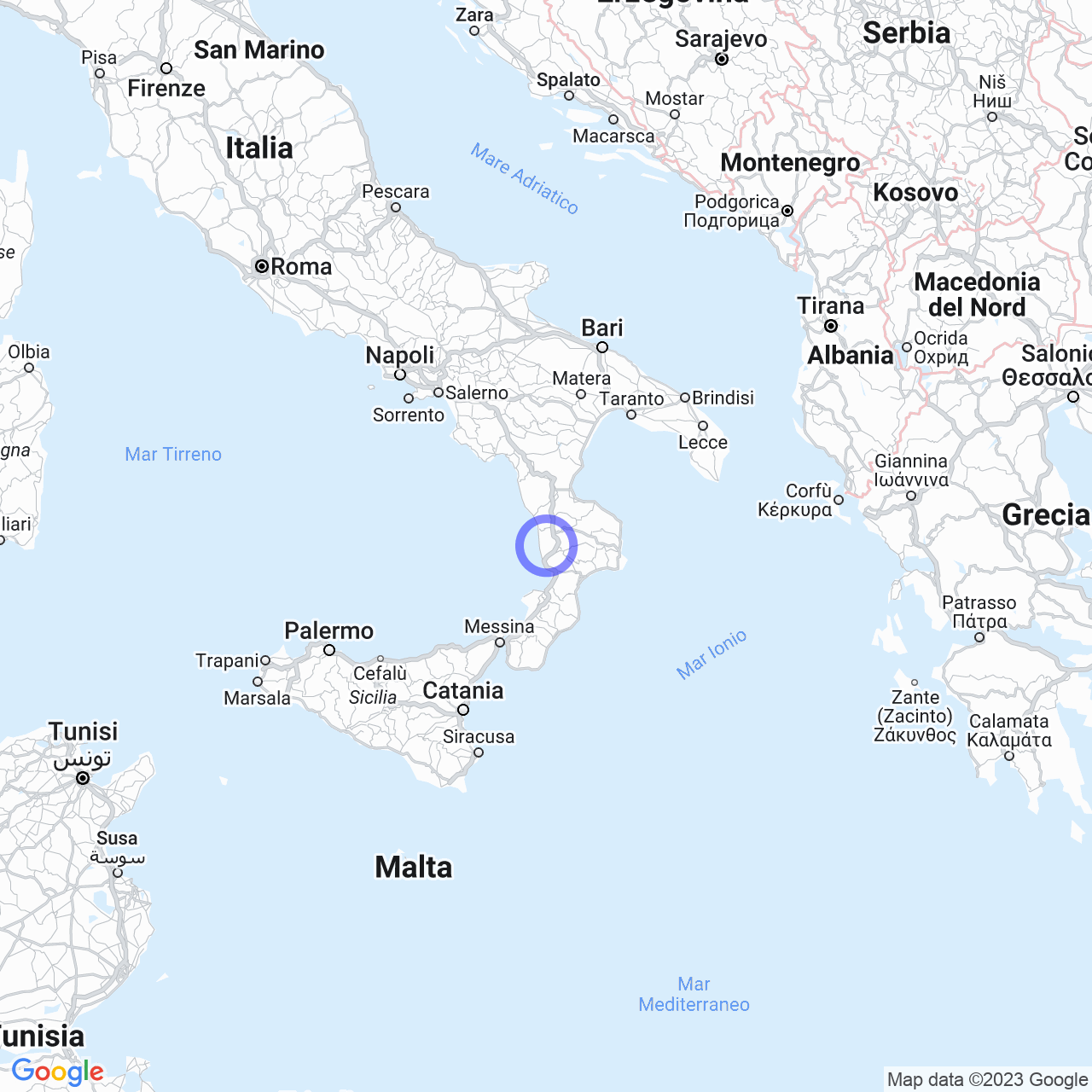Lago
Cosenza: An Ancient Treasure in Calabria
Cosenza, the city in Calabria that is home to over sixty thousand inhabitants, has its roots in the 8th century B.C. when the Italic village of Kos was founded. The name, pronounced "Cusenza" in the local dialect, probably derives from the Greek language, as the city was on the route of navigators coming from there.
A Bit of History of Cosenza
In the 4th century B.C., Consentia, as it was previously known, became the capital of the Bruzi, exercising a dominant role in Calabria before its conquest by the Romans. In the 16th century, Cosenza was designated as the capital of Calabria Citeriore and was referred to as the "Athens of Calabria" for its rich cultural tradition. In 1511, the Accademia Cosentina opened its doors in the historic center of the city. Today, Cosenza is the hub of a large agglomeration that includes other cities, such as Rende, where the University of Calabria is located.

The Physical Geography of Cosenza
Cosenza sits on a hill, the Pancrazio hill, called U Castiaddru, in the Valle del Crati, where it meets the Busento river. This allows for the distinction of two areas, the primitive settlement on the Pancrazio hill and the modern city, which developed along the left bank of the Crati. The historic center is known as "Cosenza Vecchia" and has steep, narrow, winding alleys, where small buildings and stately palaces perch on the hills that surround the city.
The city covers an area of 37.86 km², at an altitude of 238 meters above sea level. The municipal territory has an altitude difference of 402 meters, with the highest point located to the southeast (c.da Destra di Tornaturo at an altitude of 589) and the lowest to the north (via Popilia, locality Torrevecchia at an altitude of 187). Cosenza is protected to the west by the Southern Coastal Chain and to the east by the Sila, a wooded plateau that extends beyond the city.
Cosenza, a City Rich in Culture and Nature
Cosenza is a city where culture and nature harmoniously blend. Along the steep alleys, there are several monuments and places of interest that testify to the rich local history. One of these is the Cathedral of Cosenza, dedicated to St. Peter, whose bell tower is visible from different parts of the city. The church, rebuilt in the Baroque style after the earthquake of 1783, still preserves parts of the original building.
The city is also known for its University, one of the most important in Southern Italy, and the Accademia Cosentina, open to the public for art exhibitions and conferences.
Cosenza also boasts breathtaking nature, being located between the Coastal Chain and Sila. The mountain range offers the possibility to choose between various excursions for outdoor enthusiasts, while Sila, one of the largest national parks in Italy, offers the opportunity to trek in high mountains and also offers the thrill of encountering the Grey Wolf, a symbol of the city itself.
Cosenza and Its Cuisine
You cannot talk about Cosenza without mentioning its cuisine, which reflects the culinary identity of Calabria. Prepared with fresh and genuine ingredients, the dishes are simple and tasty. Among the typical dishes are the pizza rustica, a savory dough similar to focaccia, stuffed with seasonal vegetables and local sausage, and the 'Nduja di Spilinga, a paste consisting of chili pepper and seasoned pork.
Conclusions
In summary, Cosenza is a city that encapsulates the beauty of nature and the richness of Calabrian history and culture. With its monuments, parks, and cuisine, Cosenza offers visitors of all kinds the opportunity to discover everything that this region has to offer. All of this, combined with the hospitality of the locals, makes Cosenza an ideal destination for an unforgettable vacation.
